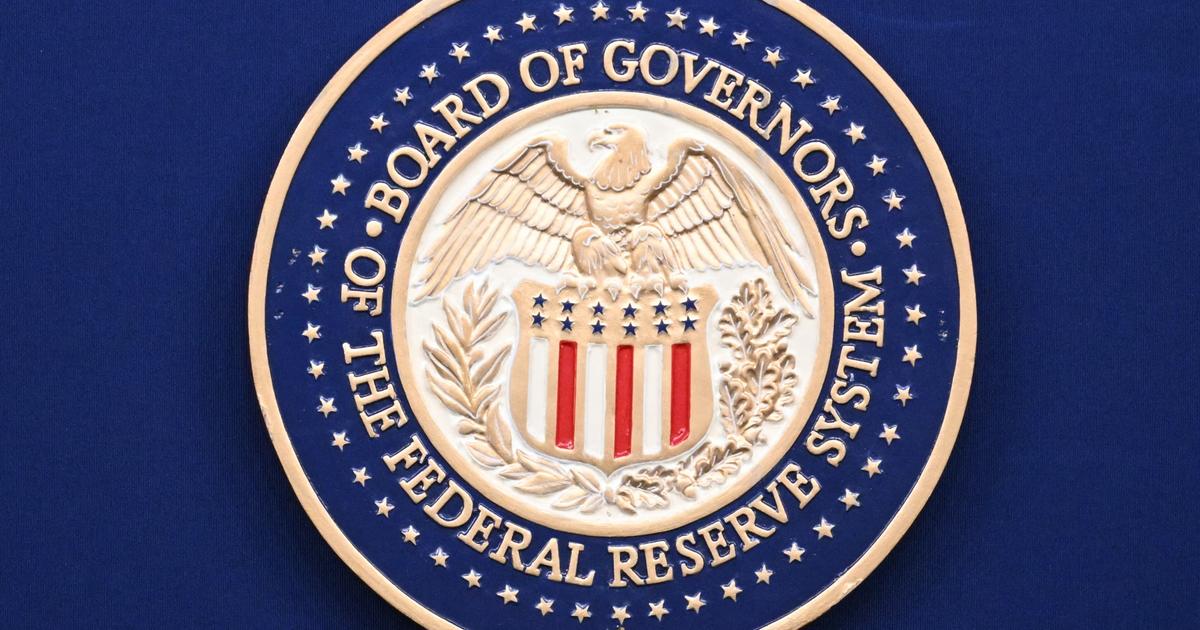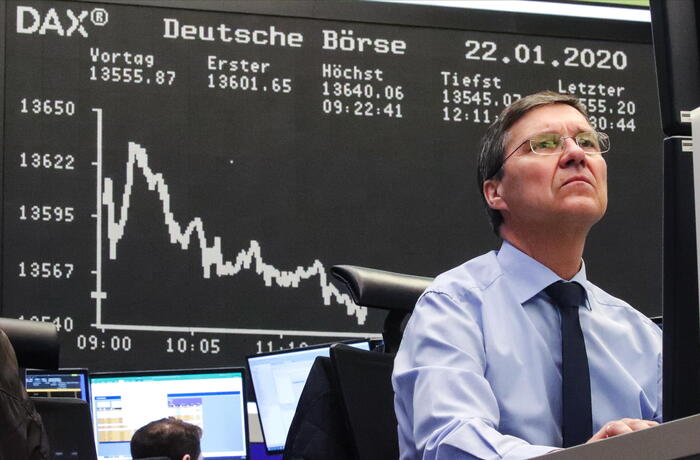Enlarge image
Inflation rates at a glance:
Investors worry about price increases - and hope for the right answer from ECB President
Christine Lagarde
and colleagues
Photo: Jonathan Rebboah / imago images / PanoramiC
Today Thursday is this week's "I Day", with fresh inflation data being released in both Europe and the US.
In addition, the ECB Council meets with Central Bank President
Christine Lagarde
(65) to rule on the monetary policy of the European Central Bank. The inflation trend is likely to be the main topic. Because in view of the comeback of the economy after the Corona crisis, inflation rates have been rising for months - and this is also worrying consumers and investors in the financial markets. In Germany in particular, where the highest value was recently measured in almost ten years, rising prices often trigger nervousness. When inflation got out of control around 100 years ago in the Weimar Republic, in the end, as is well known, only a currency reform helped to stop the spiral. The memory of it lives on to this day.
For money investors, inflation is also a particular problem: It reduces the real return that can be achieved with an investment. With banks and savings banks, for example, there is currently hardly any interest to be received anyway - minus the inflation rate, many savers with corresponding deposits are currently likely to be making negative business.
So what to do One option are inflation-indexed or inflation-protected bonds, which are called "inflation-linked bonds" and are therefore also called "linkers" in jargon. These papers, which are usually issued by states, are specially created to offer investors compensation for inflation. It works like this: In the case of "linkers", investors receive a comparatively low nominal interest rate plus an inflation surcharge. Conventional bonds without inflation protection, on the other hand, have a nominally higher interest rate. With them, however, investors have to live with the fact that inflation wipes out part of this nominal interest rate in real terms.
The consequence of this construction is that the difference between the (lower) return on an inflation-linked bond and the (higher) return on a comparable bond without inflation protection can be used to measure the current inflation expectations of the market fairly precisely.
If this expectation coincides with reality, then it is theoretically irrelevant in which of the securities is invested - both generate - provided they otherwise have the same parameters - the bottom line is the same return.
But that's just the theory.
In practice, many factors play a role, expectations change, risk premiums and other things must also be taken into account.
As a result, the performance of inflation-linked securities can differ from that of their conventional counterparts.
For an investor, it is particularly important to compare the inflation expectations of the market with their own forecast and to make a decision: If they consider the increases in consumer prices that the market expects to be too high, the difference between the returns is from their point of view too big, it may be worth investing in a conventional bond without inflation protection at the time.
Because the exaggerated inflation expectations can also be read as an undervaluation of these papers.
If, on the other hand, an investor believes that future inflation will be higher than the market expects - measured in terms of the yield differential - he can resort to inflation-protected bonds.
Because they are possibly undervalued at the moment.
Enlarge image
Bonds expert
Dennis Ehlert
of Bantleon
Photo: Bantleon
"The rise in inflation rates is often accompanied by rising nominal yields, which means that investors in traditional bonds suffer price losses," explains
Dennis Ehlert
, Senior Portfolio Manager at the investment house Bantleon, with a view to the current situation on the financial markets.
"Linker, as inflation-indexed bonds are also called, can even generate absolute returns in these times due to the growing demand for inflation protection."
According to Ehlert, for example, German inflation-protected bonds generated a return of 1.3 percent this year.
The nominal counterparts, on the other hand, recorded a loss of minus 2.79 percent due to the rise in interest rates, according to the expert.
Inflation-protected bonds perform better
The background: The rising inflation worries caused investors to sell conventional government bonds in the past few months and a tendency to buy inflation-protected securities.
In this way, the higher inflation expectations became visible in the increasing yield differential between conventional bonds and "linkers".
Anyone who invested in inflation-linked paper in good time was able to make a good cut, as, for example, the investment house Nomura Asset Management has observed.
According to an analysis by the company, inflation-linked bonds are one of the best-performing segments in the bond market this year. Accordingly, the "linkers" with a positive performance of 0.8 percent, for example, left Bunds (minus 3.2 percent) and US government bonds (minus 3.5 percent) well behind.
According to Nomura, the gap over a period of three years is even clearer: "Linkers" achieved a plus of 14.2 percent worldwide, while the global bond markets only grew by 8.5 percent. "You would have had to take the risks of high-yield bonds in order to generate more income on the bond markets over the last three-year period than with inflation linkers," says
Sönke Siemßen
, Head of Client Portfolio Management at Nomura Asset Management.
Investors who are flirting with the purchase of inflation-linked bonds in view of the still prevailing inflation worries should ask themselves one main question after the run on these papers in recent months: Are the inflation expectations, which the market has meanwhile priced in, still realistic, or are they acting are they already exaggerations?
Potential among European "linkers"
For orientation: For the USA, the inflation expectations of the market players measured by the yield difference between "linkers" and conventional bonds are currently around 2.5 percent and thus at the highest level since 2013. According to
Guneet Dhingra
, a Interest rate strategists at US bank Morgan Stanley, already close to the hysteria. According to Nomura specialist Siemßen, on the other hand, this is also almost exactly the extent of price increases that his company expects on average for the USA over the next five years.
In Europe, inflation expectations have also risen recently.
While Siemßen is already recognizing slight exaggerations in British bonds, he still sees potential for the rest of the continent.
"The bond market in Europe is currently expecting inflation of 1.3 percent on average over the next five years," said Siemßen.
"We consider this to be too low and would rather orientate ourselves towards the ECB's inflation target of 2 percent."
In other words: European inflation-linked bonds could still offer entry opportunities based on this perspective.
cr









